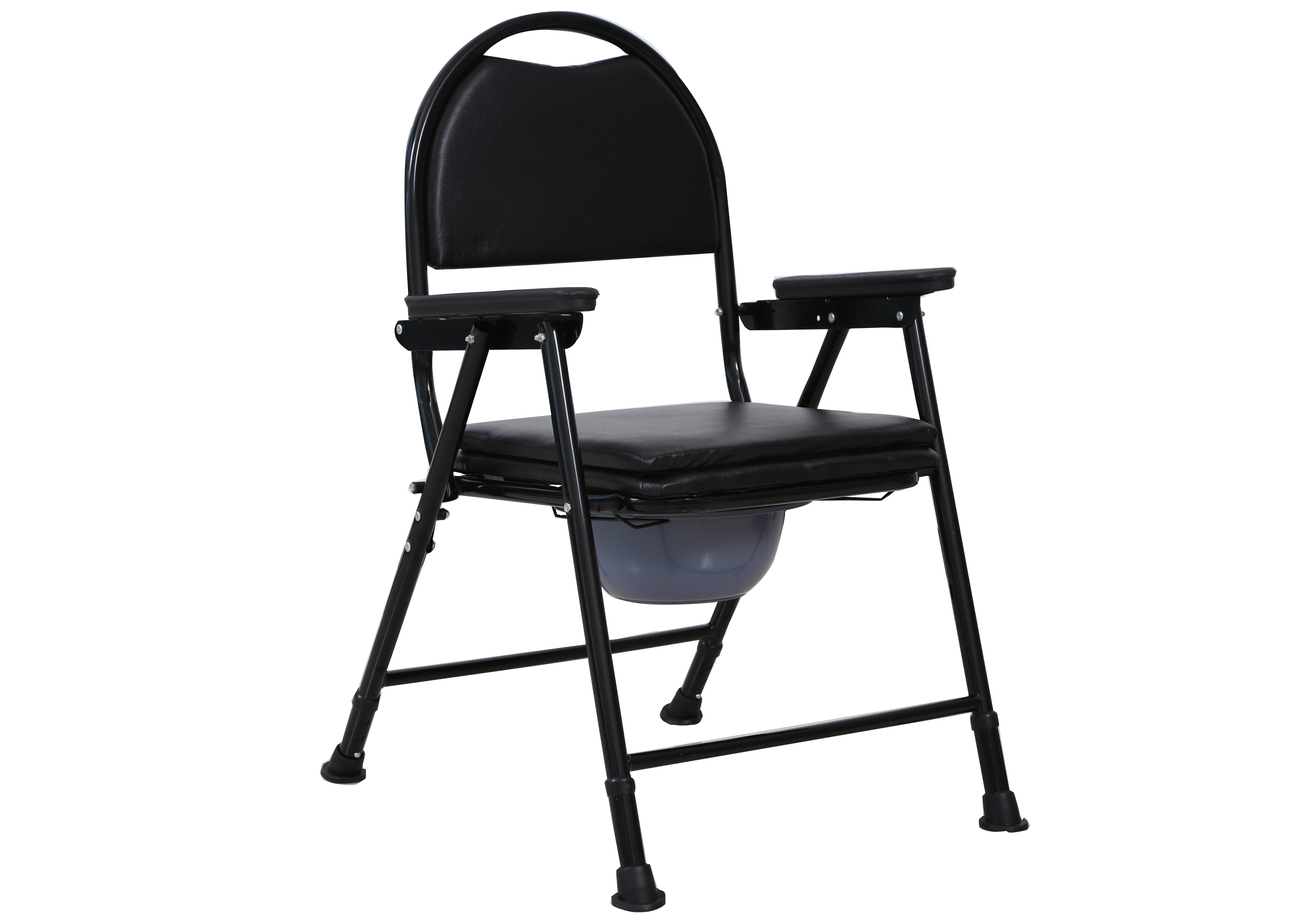Welcome to our websites!
wheelchair seating
The Importance of Proper Wheelchair Seating Comfort, Support, and Health
Wheelchair seating is a critical aspect of mobility aid design that is often overlooked. Appropriate seating systems are not merely about comfort; they play a significant role in promoting the well-being and health of individuals who rely on wheelchairs for mobility. This article explores the key components of wheelchair seating, its importance, and how it can greatly impact the quality of life for users.
Understanding Wheelchair Seating
Wheelchair seating encompasses various factors, including the cushion, backrest, armrests, and overall positioning of the user. A well-designed seating system aims to provide the right balance of support, comfort, stability, and pressure relief. Such systems can significantly reduce the risk of pressure ulcers, which are a common concern for wheelchair users due to prolonged sitting.
The Importance of Proper Support
One of the primary functions of wheelchair seating is to support the user’s body effectively. Proper support helps maintain alignment and posture, which is essential for overall health. For those with limited mobility, maintaining an upright posture can help prevent secondary complications like scoliosis and respiratory issues. Additionally, a good seating system enables freedom of movement, allowing users to engage more easily in daily activities, thus improving their overall quality of life.
Comfort and Pressure Relief
wheelchair seating

Comfort is paramount for wheelchair users, as they often spend extended periods seated. Poor seating can lead to discomfort, pain, and pressure sores. Wheelchair seating must include well-cushioned materials designed to distribute weight evenly. Advanced cushions made from gel, foam, or air-infused materials provide varying degrees of pressure relief that can adapt to the user’s body shape and movements. Regularly inspecting and adjusting the seating system is crucial in preventing skin breakdown.
Enhanced Mobility and Accessibility
Another significant benefit of proper wheelchair seating is enhanced mobility. With the right seating adjustments, users can manage a more efficient and comfortable transfer from wheelchair to other surfaces, such as beds or chairs. This increased independence not only fosters self-esteem but also encourages users to engage more freely in their communities. Additionally, effective seating can simplify maneuverability, enabling wheelchair users to navigate through different environments with ease.
Personalized Solutions
Every individual is unique, and so are their seating needs. Customization is key in wheelchair seating. Factors such as body shape, size, weight distribution, and specific medical conditions must be considered when designing a seating solution. Occupational therapists or seating specialists can work with users to create personalized seating systems that meet their specific requirements. Customized solutions not only enhance comfort but also improve functional outcomes, allowing users to participate meaningfully in daily life.
Conclusion
In conclusion, wheelchair seating is a foundational aspect of mobility that significantly impacts users' health, comfort, and independence. The right seating system should provide adequate support, promote comfort, and facilitate mobility, ultimately enabling users to lead fulfilling lives. As the demand for more adaptive and efficient wheelchair designs continues to grow, it is essential to prioritize proper wheelchair seating solutions. Investing in appropriate seating is not just about meeting basic needs; it’s about enhancing quality of life and enabling individuals to thrive. Only through proper attention to these details can we ensure that all wheelchair users can navigate their environments confidently and comfortably.
-
Transforming Healthcare with Hospital FurnitureNewsJun.24,2025
-
Rehabilitation EquipmentNewsJun.24,2025
-
Mobility and Independence with WheelchairsNewsJun.24,2025
-
Freedom of Mobility with Our Rollator WalkersNewsJun.24,2025
-
Comfort and Independence with Commode ChairsNewsJun.24,2025
-
Bathing Safety and Independence with Shower ChairsNewsJun.24,2025
-
Navigating the Wholesale Landscape of Electric Mobility Solutions: Key Considerations for Power Wheelchair DealersNewsJun.10,2025











